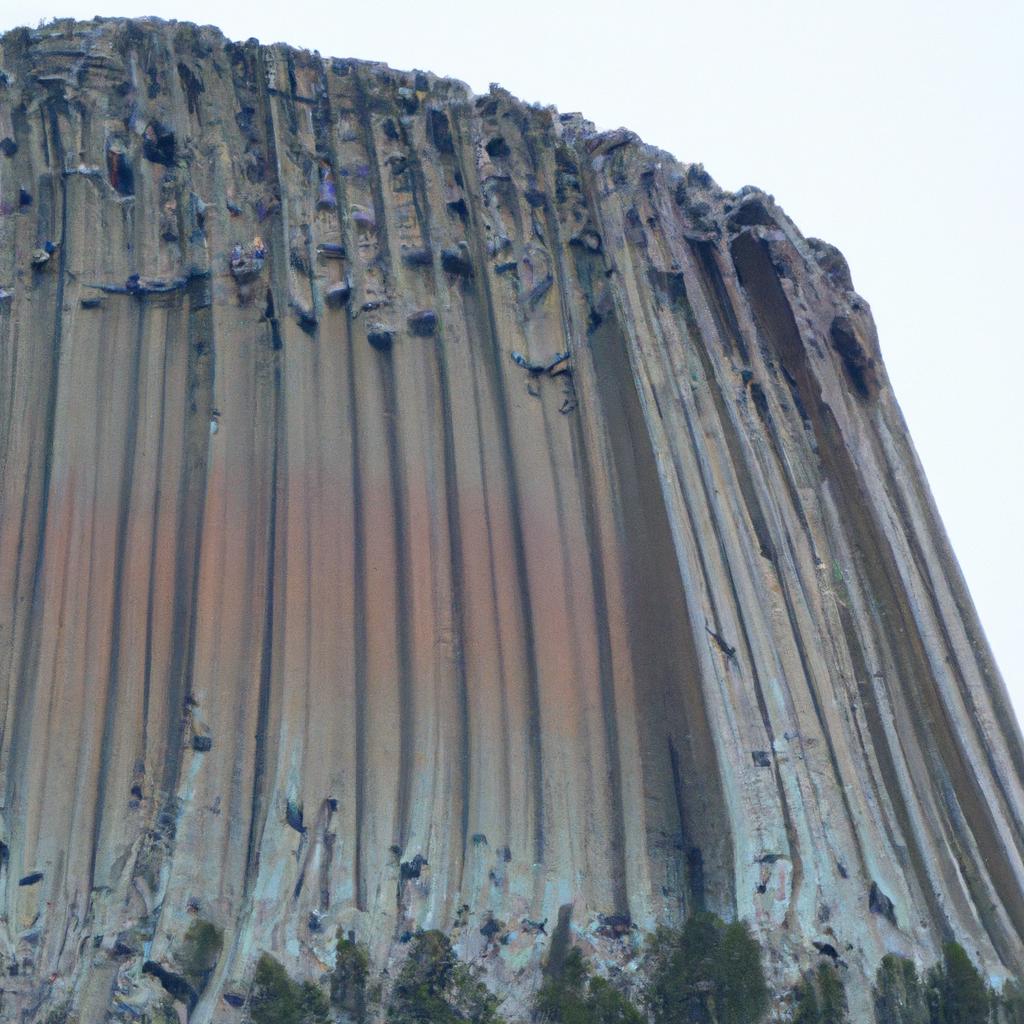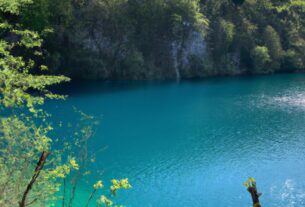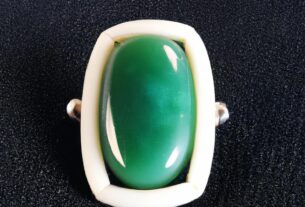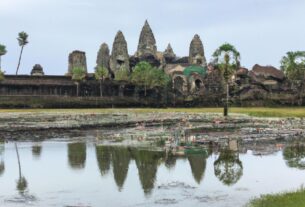Devils Tower, a majestic natural wonder located in the Black Hills of Wyoming, has captivated visitors and scientists for centuries. But have you ever wondered what this towering rock formation is made of? In this article, we will delve into the geologic history of Devils Tower and uncover the composition of the rock that shapes this iconic landmark.
Devils Tower’s story begins millions of years ago during a period of intense volcanic activity in the area. As magma rose to the surface, it cooled and hardened, forming a colossal column of rock that now stands over 800 feet tall. Over time, the surrounding soil and sediment eroded, leaving behind the awe-inspiring monolith we see today.
So, what type of rock makes up Devils Tower? The answer lies in the unique geologic history of the area. The rock that forms this natural wonder is known as phonolite porphyry, a type of igneous rock. It stands out with its dark gray to black color and fine-grained texture. Phonolite porphyry is also renowned for its high silica content, which gives it its characteristic hardness and durability.
Uncovering the Geologic Formation of Devils Tower
Before we explore further, let’s take a closer look at the geologic history of the area. The Black Hills of Wyoming were formed over 2 billion years ago through a series of volcanic eruptions and tectonic activity. Over time, layers of sedimentary rock and soil accumulated on top of the volcanic rock, creating a layered landscape that was eventually eroded by wind and water.
Devils Tower itself formed around 50 million years ago during a period of intense volcanic activity. The rising magma cooled and solidified, shaping the massive column of rock that stands tall today. As time passed, the surrounding sedimentary rock and soil eroded, leaving behind the distinctive shape that makes Devils Tower so unique—a result of the magma’s slow cooling, forming hexagonal columns visible on its surface.
Understanding the rock type is crucial in unraveling the formation process of this iconic landmark. Phonolite porphyry, with its high silica and mineral content, offers scientists valuable insights into the geologic history of Devils Tower and the processes that shaped it over time.
Exploring the Composition of Devils Tower Rock
Devils Tower rock, an intriguing geological specimen, has fascinated geologists for decades. Phonolite porphyry, the rock type that forms the tower, is composed primarily of feldspar and quartz. It boasts a fine-grained texture with small interlocked crystals, visible under a microscope as shimmering flecks.
The rock’s dark gray to black color, derived from iron and magnesium, is its most notable characteristic. Moreover, its high silica content contributes to its exceptional hardness and durability, enabling Devils Tower to withstand millions of years of erosion and weathering.
While phonolite porphyry makes up Devils Tower, the surrounding area features other rock types such as sandstone and shale. These sedimentary rocks have different characteristics and formation processes compared to phonolite porphyry.
Decoding the Scientific Name and Classification of Devils Tower Rock
The scientific name of the rock type that forms Devils Tower is phonolite porphyry—a relatively rare type of igneous rock found in only a few places worldwide. Classified as an intrusive igneous rock, it was formed when molten magma cooled and solidified beneath the Earth’s surface.
Specifically, phonolite porphyry is categorized as a volcanic plug, which occurs when magma hardens inside a volcanic vent. Understanding the scientific classification of rock types like phonolite porphyry is vital in comprehending the geologic history of an area and the processes that have shaped the Earth’s crust over millions of years.
The Enduring Appeal and Uses of Devils Tower Rock
Devils Tower rock has an illustrious history of diverse applications. Native American tribes in the region used it for religious ceremonies and as a building material. Today, it continues to be sought after for its unique properties, ideal for various commercial and industrial purposes.
In the past, this rock was used as a construction material for homes, sweat lodges, and other structures. It also served as a sacred site and a refuge during times of war. In the late 19th century, geologists and scientists became attracted to its composition and formation, leading to further study. Now, rock climbers flock to Devils Tower, drawn by its challenging terrain and breathtaking beauty.
In modern times, Devils Tower rock plays a significant role in road construction, building materials, and decorative stone. Its high-temperature resistance makes it ideal for furnace linings and refractory materials. Furthermore, its remarkable durability and resistance to wear and erosion make it a favored choice in abrasive blasting applications.
The extraction and processing of Devils Tower rock involve drilling, blasting, and cutting. After extraction, the rock undergoes cleaning, cutting, and polishing in processing facilities to meet the needs of various industries.
The Marvel Lives On
In conclusion, Devils Tower stands as a testament to the power of nature and the wonders of geology. Its geological history is a remarkable tale of volcanic activity, erosion, and the formation of extraordinary rock. Phonolite porphyry, with its distinctive composition and durability, has shaped this iconic landmark and attracted the admiration of countless visitors and scientists alike.
So, the next time you gaze upon the grandeur of Devils Tower, remember the unique rock type that forms it. TooLacks is dedicated to providing you with insights into the natural world and the marvels it holds. Join us for more informative articles on nature, gardening, and animals.



